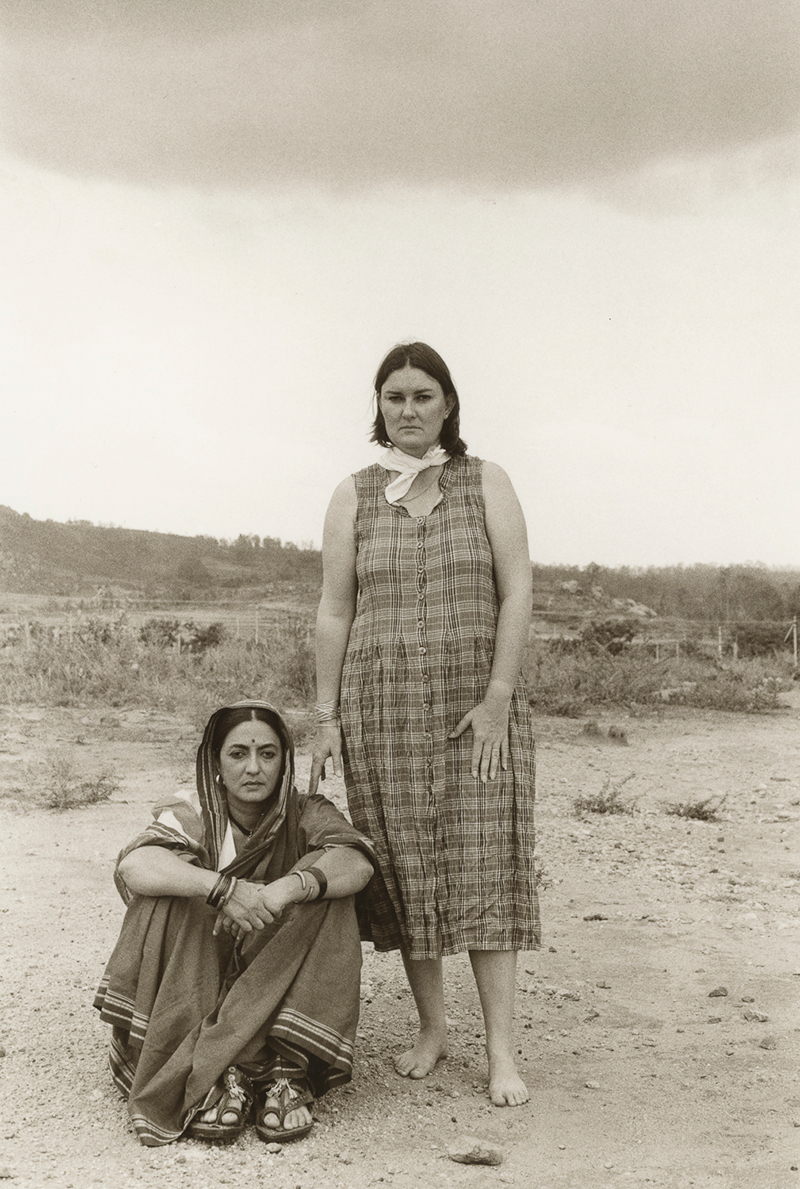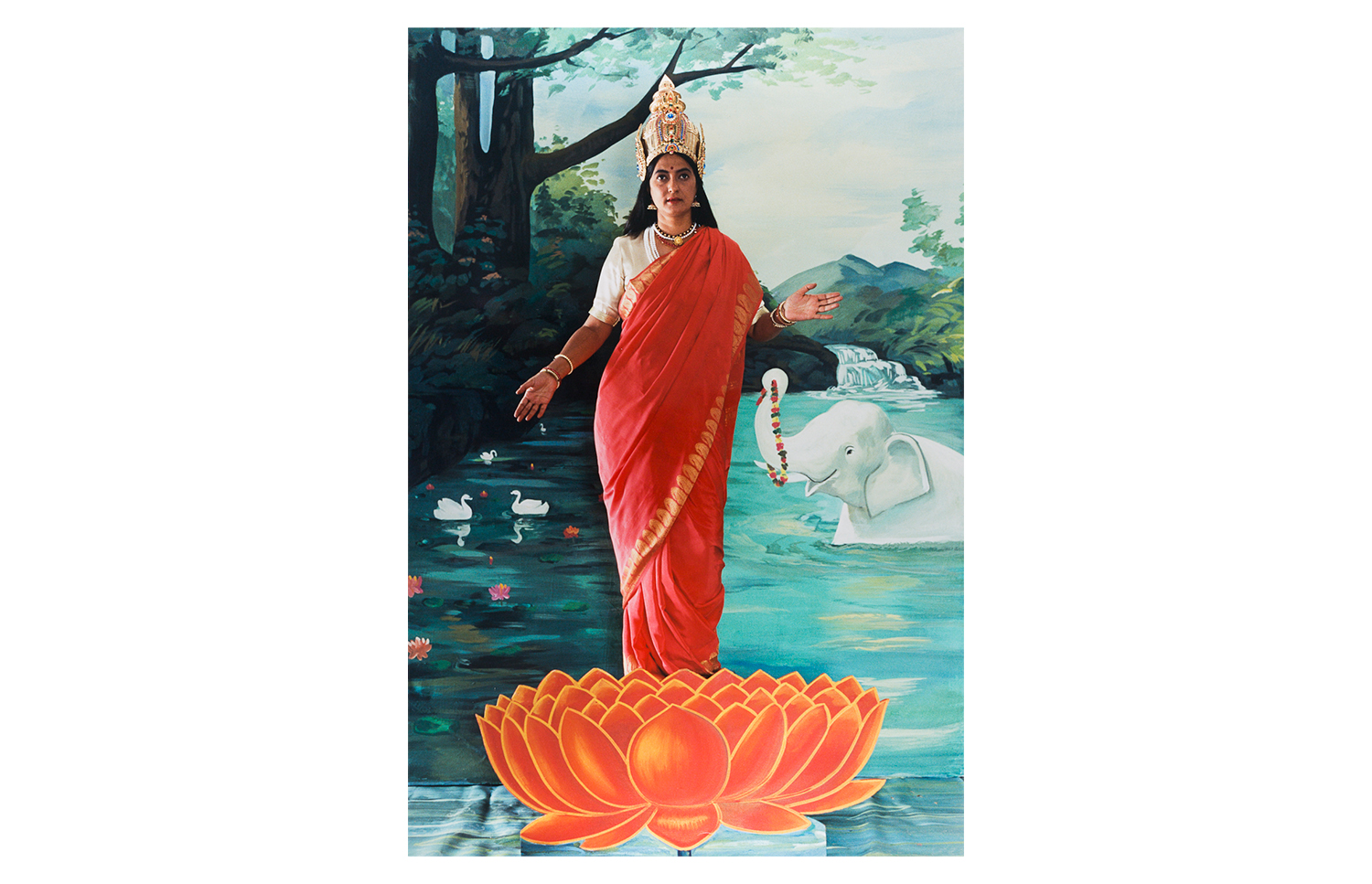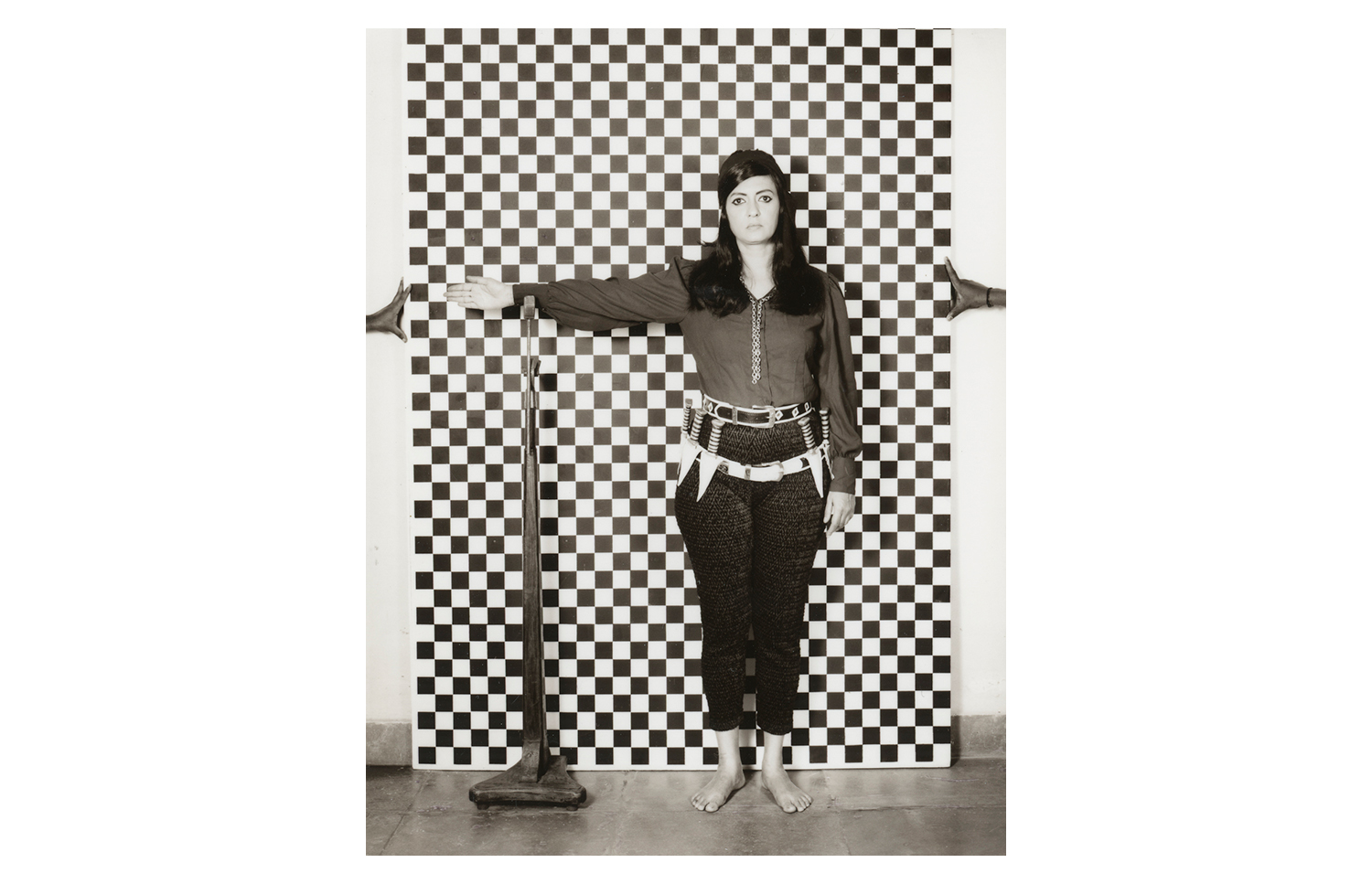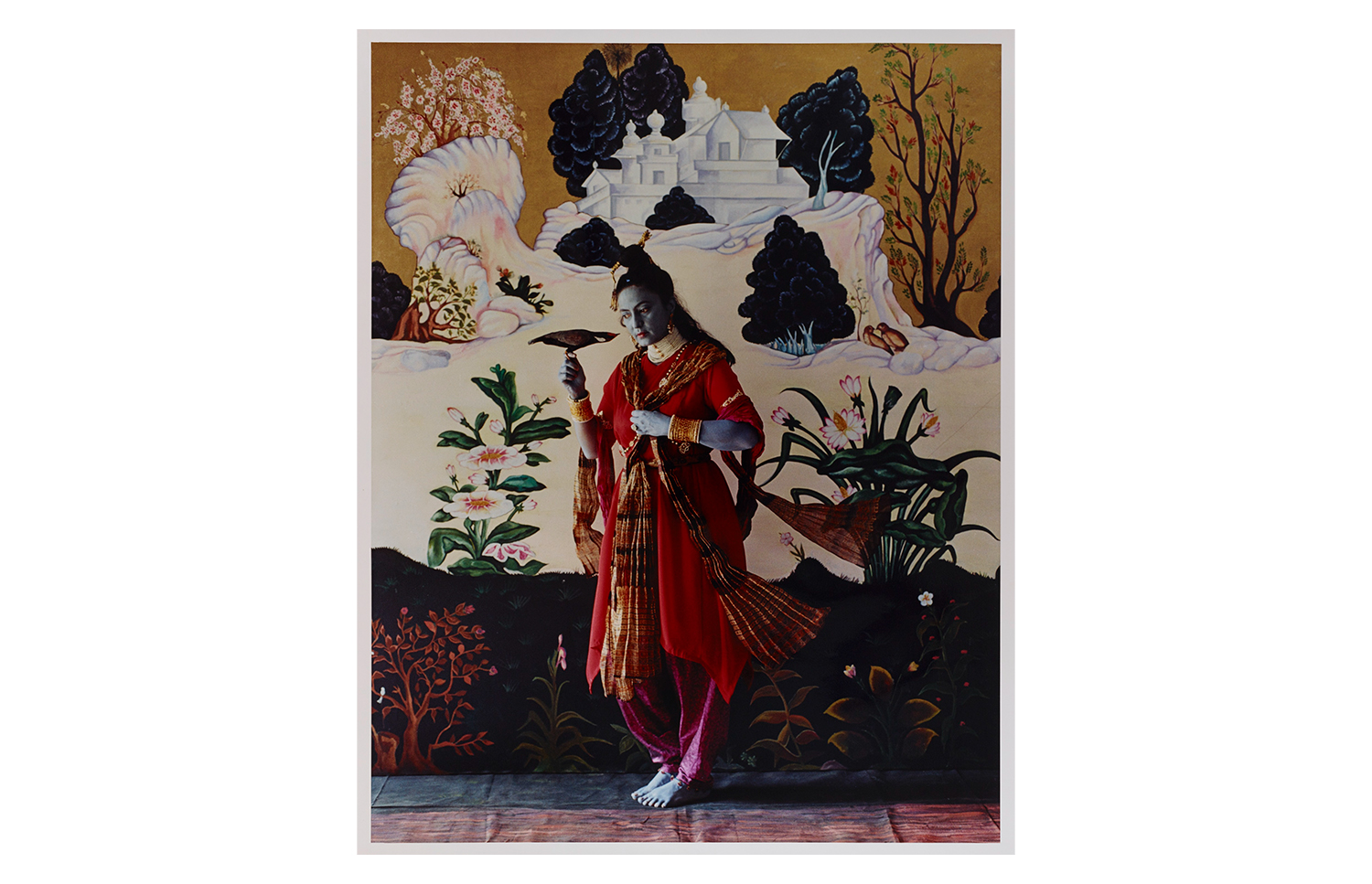ARTICLE
Clare Arni
Arni has published several photobooks, including Eternal Kaveri: Historical Sites Along South India’s Greatest River (1999), Silent Splendour: Palaces of the Deccan, and Kanara, a Land Apart: the Artistic Heritage of Coastal Karnataka (2012) with reputed publishing houses such as Phaidon, Thames and Hudson. Her work has also been published in magazines such as Abitare, Tatler, Conde Nast and Wallpaper among others.
Arni’s body of work has been widely exhibited in private galleries and cultural institutions including TARQ, Mumbai Dakshinachitra Museum, Chennai; Museum of Goa; Grosvenor Vadehra, London, UK; and Essl Museum, Vienna, Austria among others. Her work is part of permanent collections of the Saatchi Gallery, London; the Freer Sackler Gallery at the Smithsonian Institute, Washington DC, USA; and the Art Gallery of New South Wales, Sydney, Australia.
At the time of writing, Arni lives and works in Bengaluru.
Bibliography
Our website is currently undergoing maintenance and re-design, due to which we have had to take down some of our bibliographies. While these will be re-published shortly, you can request references for specific articles by writing to hellomapacademy@map-india.org.










